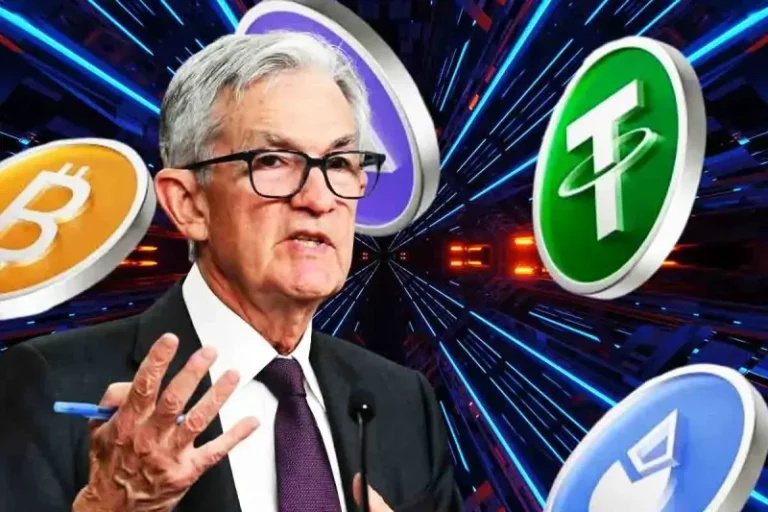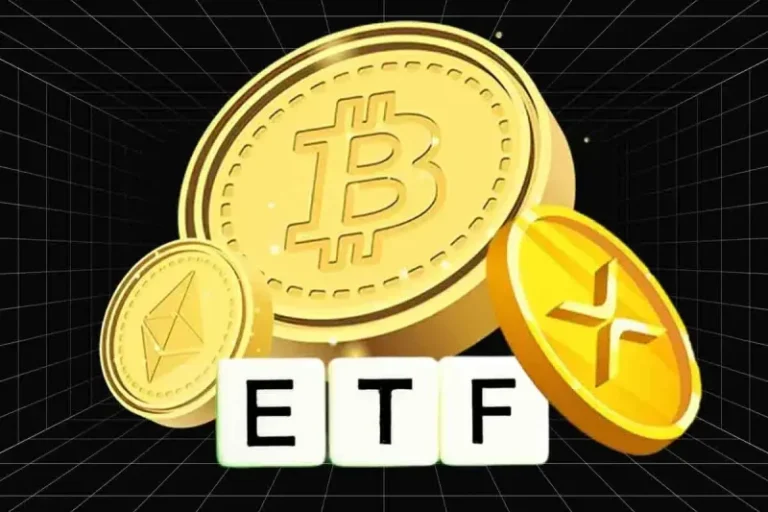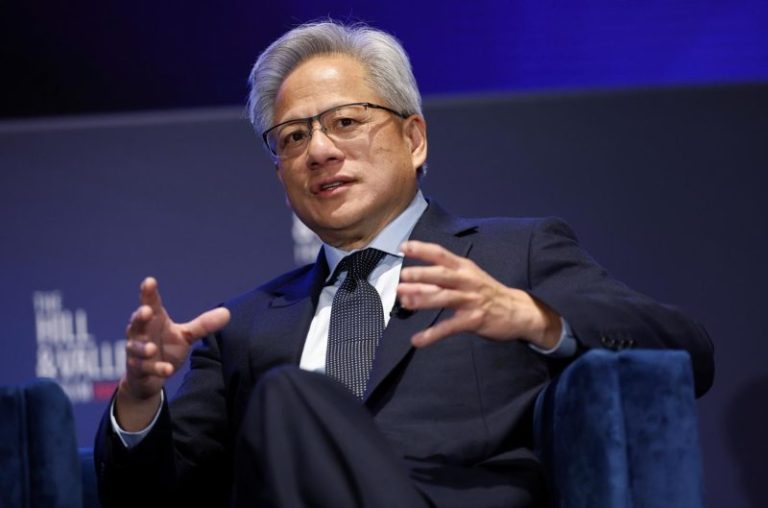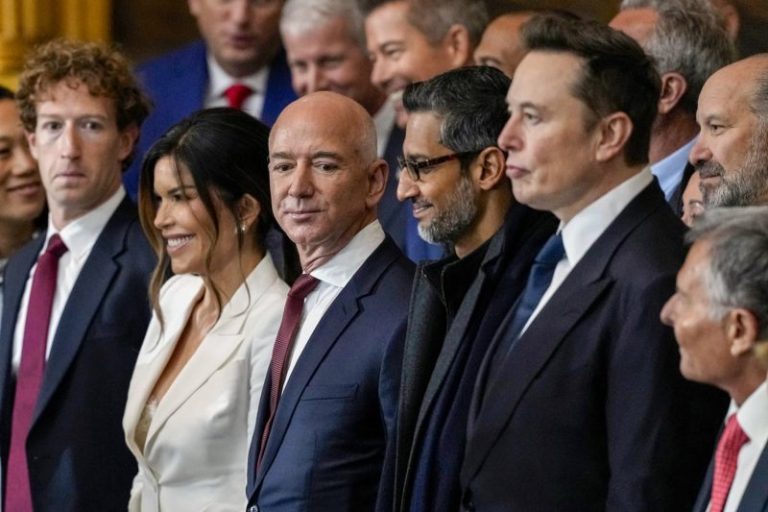Dankrad Feist has unveiled a massive scaling proposal for Ethereum to save the network from a steep decline. The researcher notes that an unconventional Ethereum Improvement Proposal (EIP) to increase the gas limit will be a lifeline for the beleaguered network.
Dankrad Feist Proposes Ethereum 100X Scaling Proposal
Ethereum developer Dankrad Feist has submitted EIP-7938 designed to increase Ethereum’s gas limit exponentially. According to the improvement proposal, the ambitious plan is seeking to increase the network’s capacity by 100-fold in a push over the next four years.
While the plan is an uphill climb, Dankrad Feist argues that EIP-7938 is a necessary for Ethereum’s survival over years. However, community members have poked holes in the proposal for being unconventional but Dankrad Feist says a 100X scaling for Ethereum is the solution to waning network activity.
“I do think it is time for being unconventional, because the current way of doing things is likely to make Ethereum irrelevant over the next 5-10 years,” said Feist.
Cardano founder Charles Hoskinson says Ethereum will fall within 15 years given its outdated tech and L2 fragmentation. Solana’s rise and glowing network activity have not only sparked speculation of a flippening but is stoking conversation of Ethereum’s incoming demise.
Here’s Why The Expert Is Defending The Massive Scaling Proposal
Apart from handing a lifeline to the network, Dankrad Feist notes that the 100X scaling proposal will be the strongest statement of intent for the network. For starters, the proposal offers strategic benefits to Layer 1 while preventing fragmentation of liqudity across several L2s.
Secondly, the expert argues that Ethereum can scale the L1 by 100X without losing its verifiability and censorship resistance perks. Finally, Feist committing to the scaling timeline will offer a range of benefits including the advantages of “working backwards from a goal” rather than sticking to small, incremental changes.
“Ethereum L1 is currently still the home for DeFi but this might not be true for much longer if we don’t start strongly supporting applications,” said Feist.
The developer warns that the final outlook might see some part of Ethereum look like Solana but he says comparison is “irrelevant.”
Firms like Galaxy Digital are offloading ETH for SOL given an underwhelming price performance for the largest altcoin. ETH price currently trades at $1,845 after a shoddy performance in Q1, sparking fears of a steeper drop below $1,000.
The Ethereum-to-Bitcoin ratio has sunk to its lowest level in five years with Taproot Wizard co-founder Eric Wall blaming the decline on rising competition and the failure of ETH to evolve as a “wartime asset.”
The post Dankrad Feist Warns Ethereum In Danger If It Fails To Scale 100X appeared first on CoinGape.






